Looking to combine purification techniques to achieve desired purity and yield? In this blog post, we show you how to select and combine purification techniques to successfully run your multistep chromatography scheme.
Combining purification techniques in a multistep approach
Looking for a purification protocol to reach yield and target purity of your protein? Setting up a multistep purification might be the way forward for your lab.
The outcome of a combined multistep purification will be highly dependent on:
- The use of automation methods and how it is set up
- Target protein and sample conditions
- Choice of chromatography resin
- Selection and order of purification techniques
With the right combination of different purification techniques, resins used, and how your methods are set up for a multistep approach, your protein purification will be successful measured in terms of either high target protein yield or purity.
In this blog post, we show you how to select and combine purification techniques to successfully run your multistep chromatography scheme.
Plan your purification strategy
In a multistep approach, factors to consider for a successful outcome are speed, recovery, resolution, or capacity. Each technique will have its characteristics and suitability for achieving any of these four performance parameters.
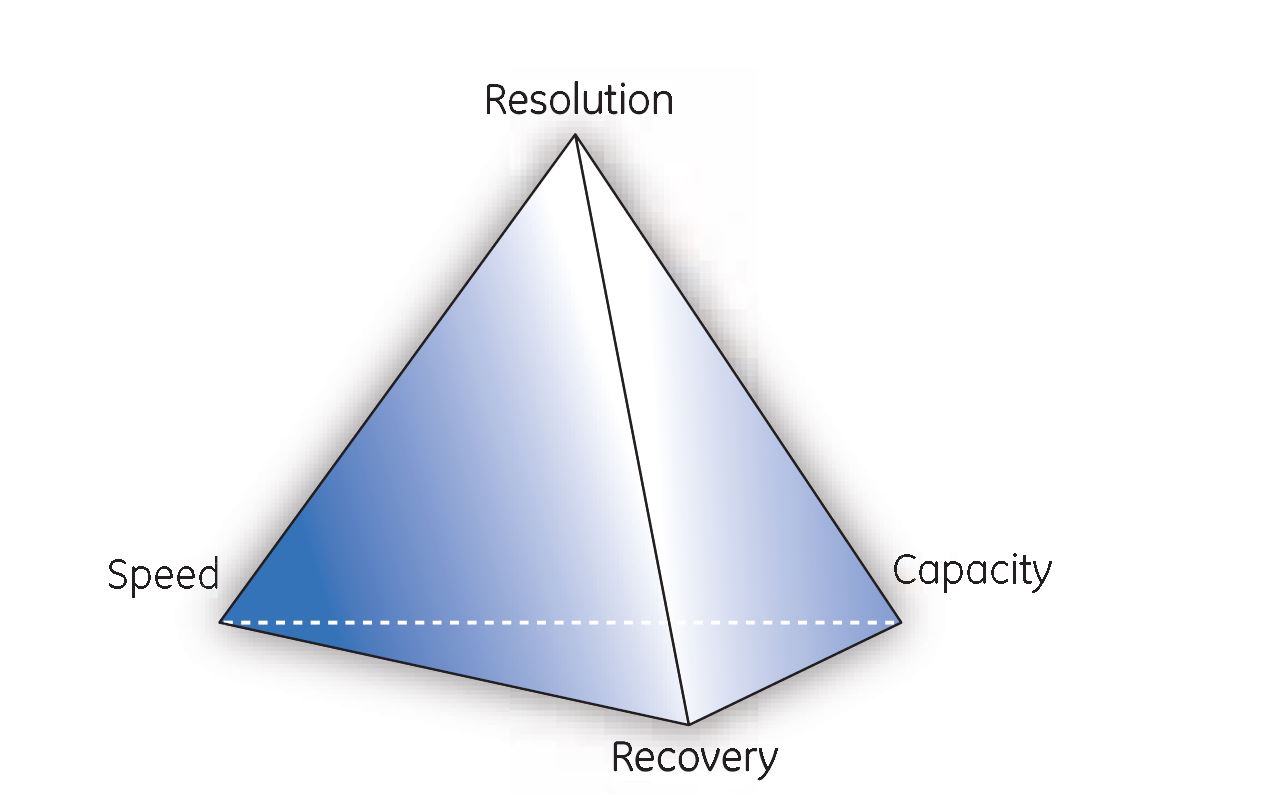
Fig. 1. Key performance parameters for protein purification. Each purification step should be optimized for one or two of the parameters.
It is important to remember that optimization of any one of these four performance parameters will be at the expense of the others, and therefore each purification step will be a compromise.
To simplify the planning of your purification and selection of purification techniques, you can use the Cytiva developed purification strategy Capture, intermediate Purification, and Polishing (CIPP). First let’s have a brief look at different steps often included in a purification scheme before summarizing the suitability of different techniques in each step of the strategy.
The capture step
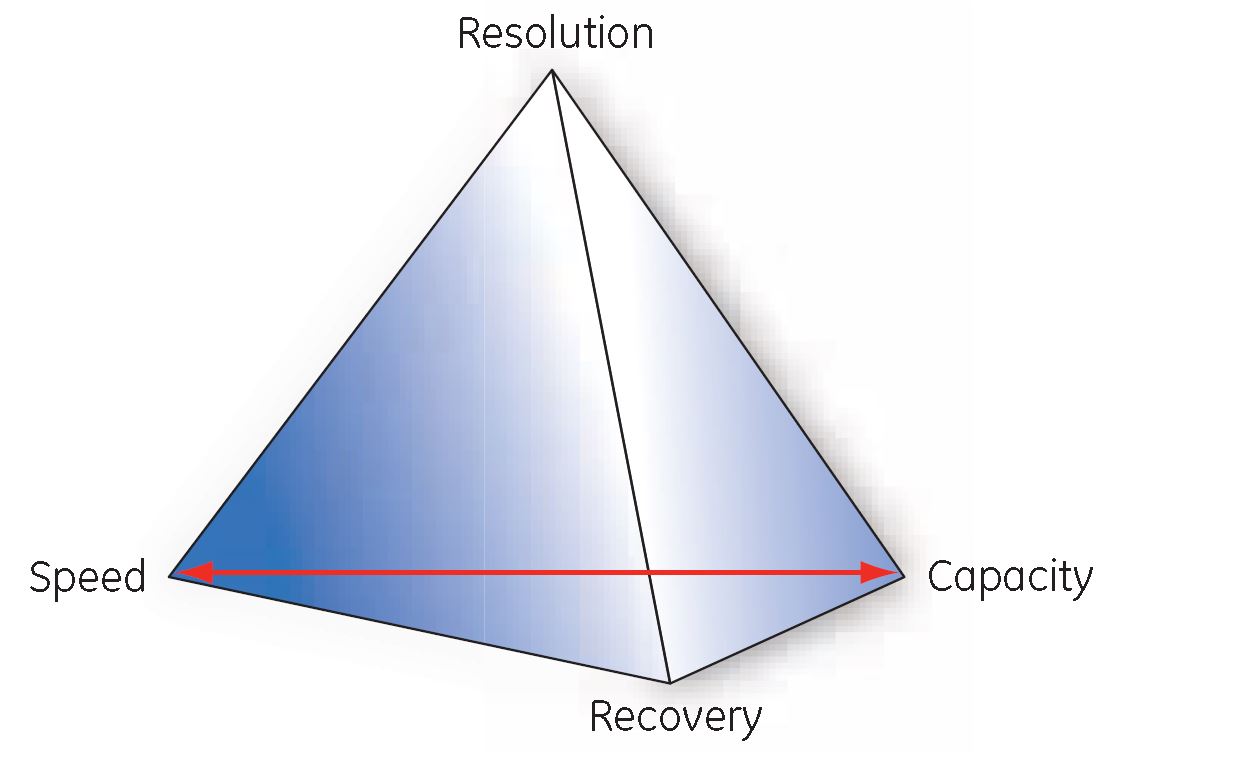
Fig. 2. The capture stage.
The goal of your capture step is to rapidly isolate, concentrate, and stabilize the target protein. To enable faster purification, a high capacity, concentrating method to concentrate the target protein and/or reduce sample volume is typically chosen.
The methods of choice for capture can be:
- Affinity chromatography (AC) for antibody purification
- Immobilized metal affinity chromatography (IMAC) for purification of his-tagged proteins
- Ion exchange chromatography (IEX) or hydrophobic interaction chromatography (HIC) for untagged protein purification
The intermediate purification step
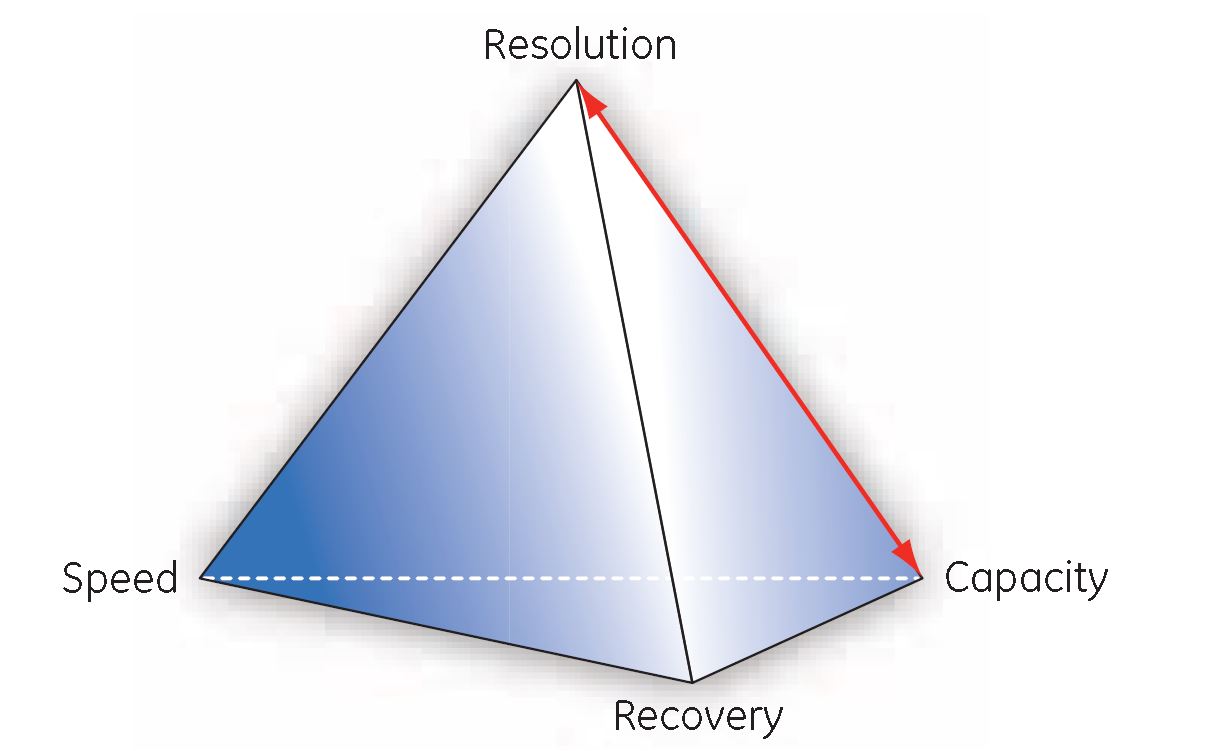
Fig. 3. The intermediate purification stage.
The goal of your intermediate purification step is to further separate the target protein from most of the bulk impurities while concentrating your sample.
In this step, elution by a continuous gradient is often required. Typically, an IEX or a HIC step is used to achieve high resolution and high capacity.
It can be good to know that the intermediate purification step is not always needed. If you have an efficient first capture step, you may want to move on to a polishing step directly.
The polishing step
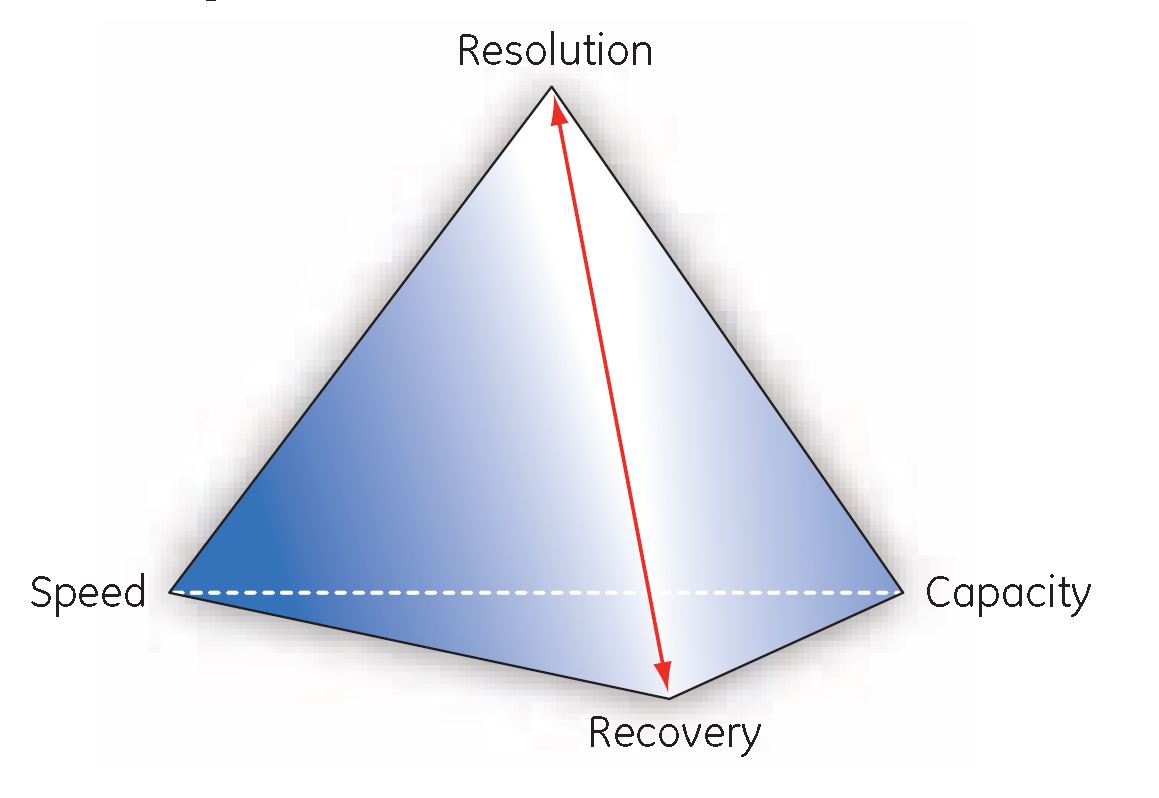
Fig. 4. The polishing stage.
The focus of the polishing step is to achieve high purity by removing final trace contaminants, closely related proteins, and fragments or aggregates of the protein. You may also want to make final adjustments to pH, salts, or additives needed for use or storage.
Often a high-resolution size exclusion chromatography (SEC) step is used at this stage. SEC, also known as gel filtration (GF), is limited by the sample volume that can be applied. Fortunately, sample volume has been decreased by the earlier steps. To remove impurities of similar size to the target protein, try another high-resolution technique, for example, IEX or HIC.
The picture below is a summary of how the CiPP strategy may be applied to reach the expected yield or purity level:

Fig. 5. Flow chart for how to combine different chromatography techniques.
Suitability of purification techniques
When selecting and combining techniques for a purification strategy, make sure to base your choices on the main benefits of each technique so it fits with the overall purification strategy. Additional considerations, especially when automating your multistep run, should be taken for the start and end conditions of your sample to avoid introducing unnecessary steps into your process.
The table below provides an overview of the main characteristics of each technique and their suitability for different steps in a purification strategy. To visualize typical purification protocols according to sample types, download this guide.
Table 1. Suitability of purification methods for CIPP.
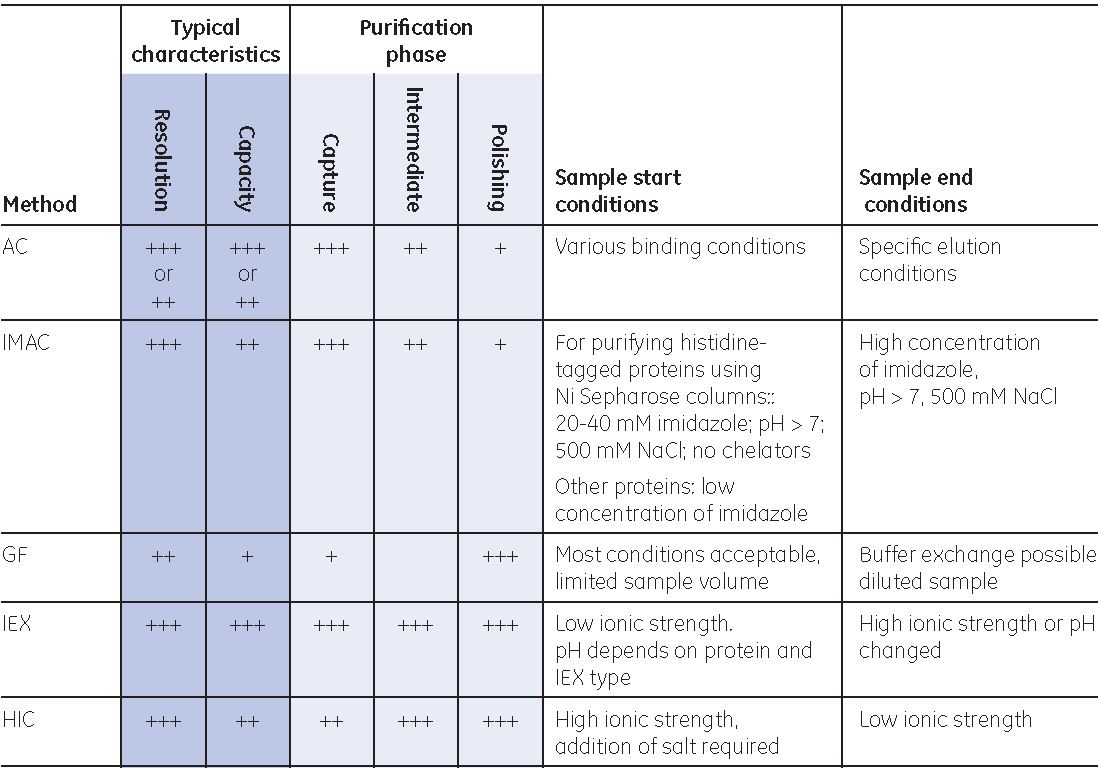
This was an introduction to selecting and combining purification techniques in a multistep approach. You can read more about purification strategies as well as tips and tricks in the Strategies for Protein Purification Handbook or visit this page, on how to purify target protein. You may also post a question on our communities and our experts will answer you.
Further reading:
Strategies for Protein Purification
How to combine protein purification techniques
Protein purification methods
Automated multistep purification